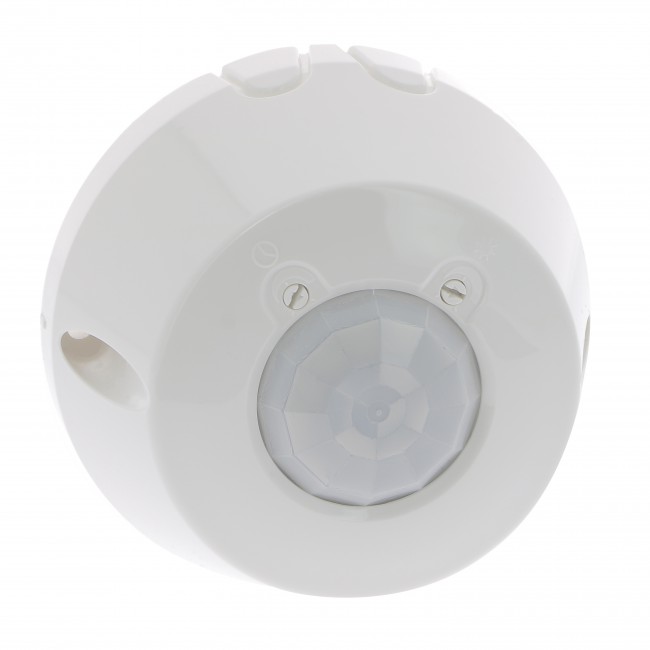An electrical device that detects and keeps track of movement is a motion sensor, also referred to as a motion detector. The most common places to find motion sensors are residential and business security systems. However, they are also present in gaming consoles, augmented reality systems, and hand towel dispensers. Motion sensors are usually embedded systems with three main parts:
- a sensor unit
- an integrated computer
- hardware, or the mechanical component.
This contrasts with many other types of sensors, which may be handled and separated. The sizes and layouts of these three components vary because motion sensors can also be programmed to do incredibly accurate jobs.
Motion Sensors’ Uses
The following are common uses for motion sensors:
- spotting a potential intruder outside or within your home or place of business
- sending you a notification whenever someone enters a restricted space, such as the garage or basement
- to conserve energy by only turning on lights in space when necessary.
Various Types Of Motion Sensor
Let’s examine the many motion sensor types that are available.
1- Active Detectors
Active motion sensors send to radio or microwave waves reflected off adjacent objects and onto sensor detectors. As a result, another name for these detectors is radar-based motion sensors. When waves hitting moving objects change, the active motion sensor often recognises this and sends a signal to the alarm system, light, or other equipment it controls.
Active sensors are not utilised for outdoor lighting because they tend to sense movement in objects, which could cause lightning to be triggered. However, in retail establishments, you may utilise these sensors for inside lighting systems, home security, and automatic doors.
2- Passive Infrared Sensors
Motion sensors, known as passive infrared sensors (PIR), can detect a person’s skin temperature. The difference in temperature between the background and a warm body across the room allows these sensors to detect movements. These are called passive because the sensor doesn’t emit any energy. These use infrared radiation to detect objects, people, or animals.
3- Microwave Sensors
Like a radar speed gun, microwave motion sensors continuously emit pulses of microwave radiation to detect movement. It typically emits high radio frequencies, and it can find reflected objects by looking for a shift in frequency. As a result, when the motion detector detects a frequency shift, it activates.
4- Gesture Detectors
Gesture detectors are motion sensors that track human movements, such as hand gestures and eye movements, on a digital display using infrared lighting.
5- Dual-technology Motion Sensors
Motion sensors that combine two different technologies are known as hybrid or dual-technology sensors. Combining several different sensing technologies onto a single sensor can lower the likelihood of erroneous triggering while increasing vulnerability and decreasing detection.
For fewer false alarms, many dual-tech sensors, for instance, typically combine a PIR sensor and a microwave sensor into one unit. This is so that a moving tree branch or another item won’t set off the PIR, which has a smaller field of view than a microwave sensor, which sets off when the room’s temperature rises.
So, get one according to your usage and keep your surroundings safe at a low cost and energy. Visit Legrand to shop now!


